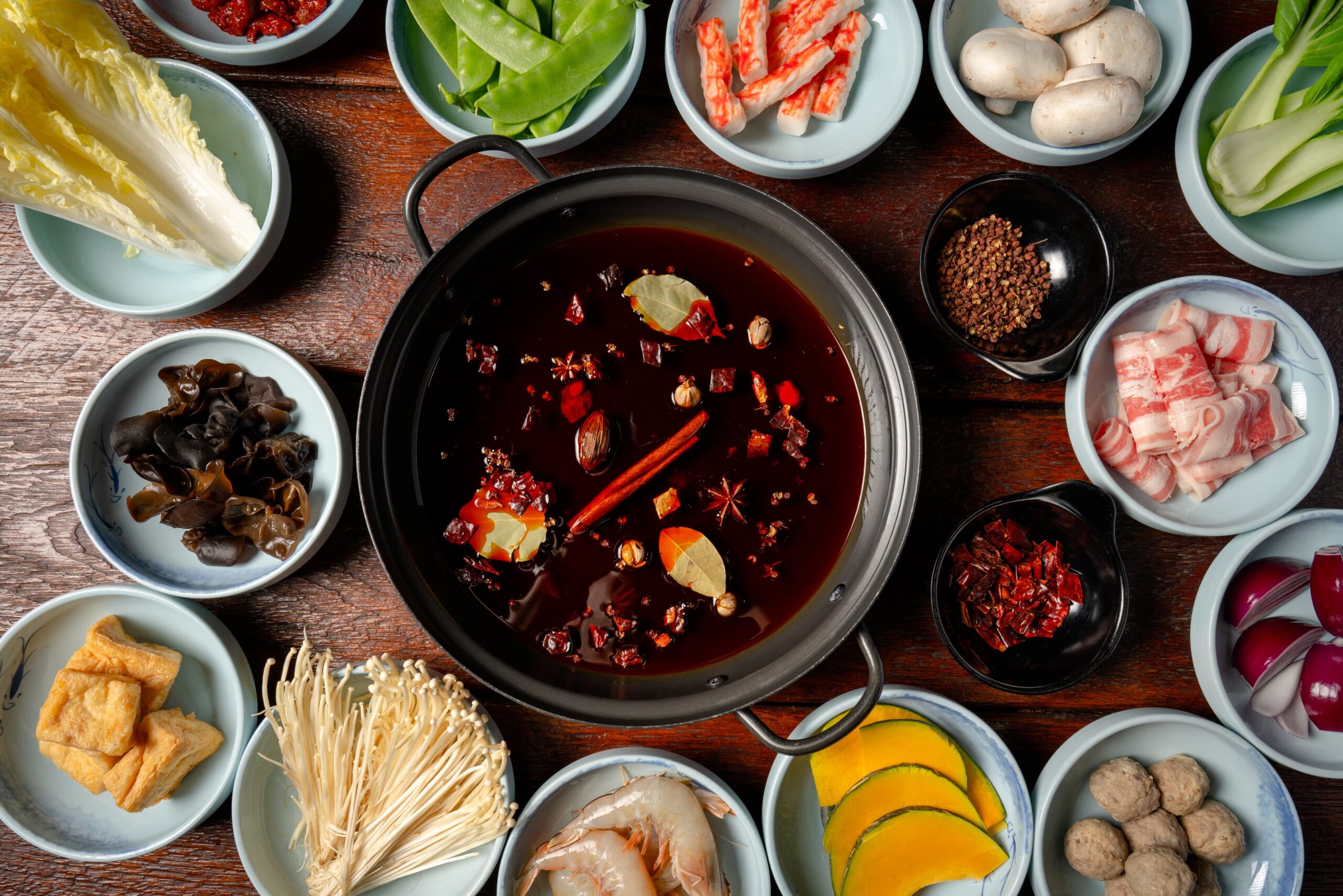
Given the current situation, store trading hours will vary. Please check with your favourite store directly to see when they are open.
Cash or Credit
Given the current situation, store trading hours will vary. Please check with your favourite store directly to see when they are open.
Cash or Credit
When thinking of traditional Chinese food, most Brisbanites will conjure up thoughts of Cantonese dishes, such as dim sims, malatang, fried rice and sweet and sour pork. However, the cuisine in China is extremely diverse and there are unique traditions, ingredients and recipes found all over the country.
David’s Noodle & Hot Pot is a Sunnybank restaurant that celebrates a different style of Chinese food. The eatery serves the exquisite flavours of the Xinjiang region, found in the north western region of China.
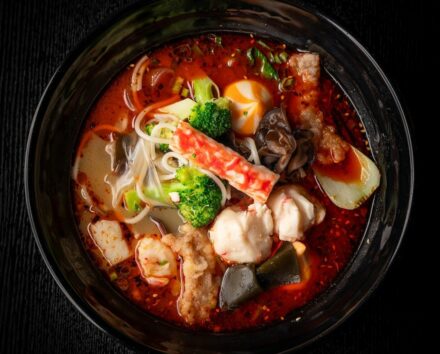
Their signature dish! Build your own bowl by picking from their selection of fresh ingredients. Weigh, and pay at...
Their signature dish! Build your own bowl by picking from their selection...
Find out more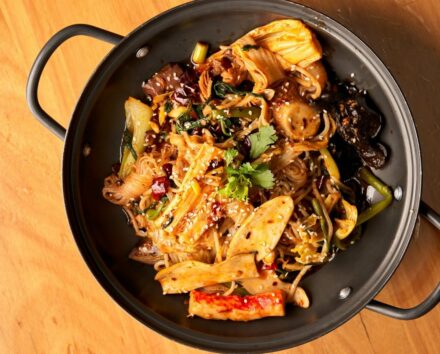
Flavourful, aromatic, and spicy! Build your own bowl by picking from their selection of fresh ingredients. Weigh, and pay...
Flavourful, aromatic, and spicy! Build your own bowl by picking from their...
Find out more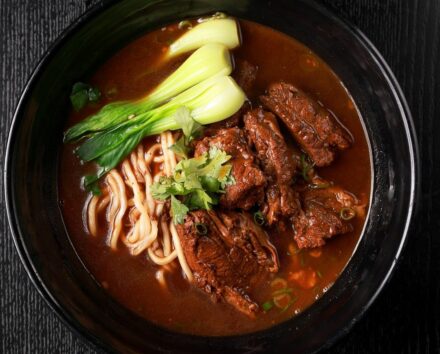
Comfort in a bowl! Thick, slow cooked, tender pieces of beef on top of fresh noodles, in a bowl...
Comfort in a bowl! Thick, slow cooked, tender pieces of beef on...
Find out more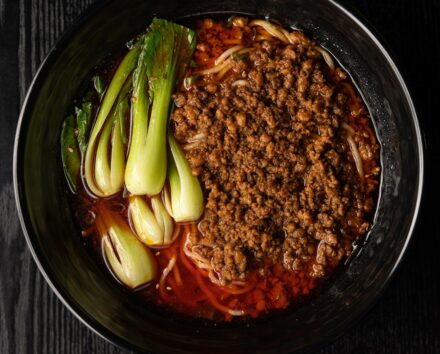
One of the most popular street foods in China. Aromatic, spicy, and mouth-tingling! Egg noodles topped with pork mince...
One of the most popular street foods in China. Aromatic, spicy, and...
Find out more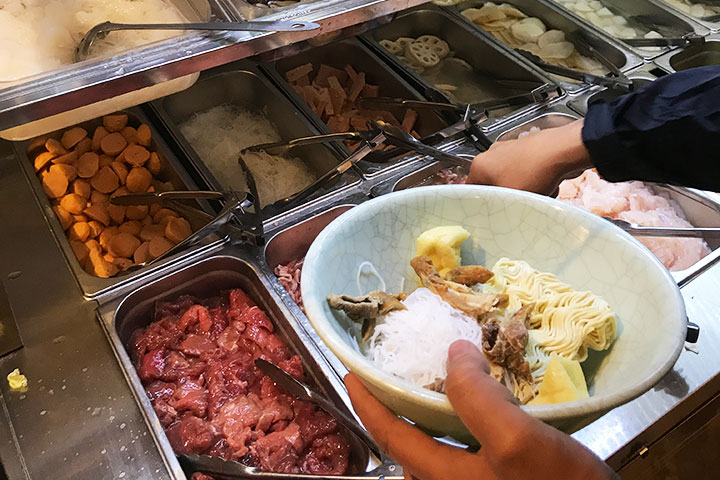
For mala tang newbies, the ordering technique is super simple. Pick up a bowl and some tongs from the counter and pick whatever you want from shelves stacked with fresh and preserved Chinese foods and place in your bowl with some freshly made handmade noodles.
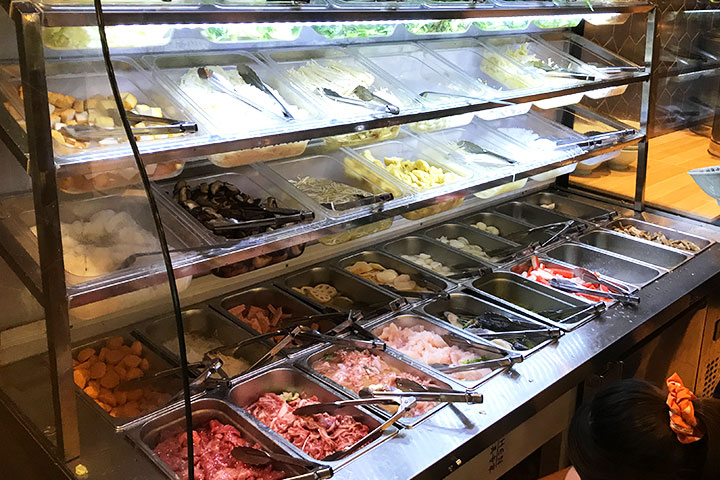
There are more than 40 different items you can choose from ranging from sliced lamb, mussels, fish fillet, shiitake mushrooms, lotus root, chinese wombok, bamboo shoots, quail eggs, tofu, meatballs and pork intestines.
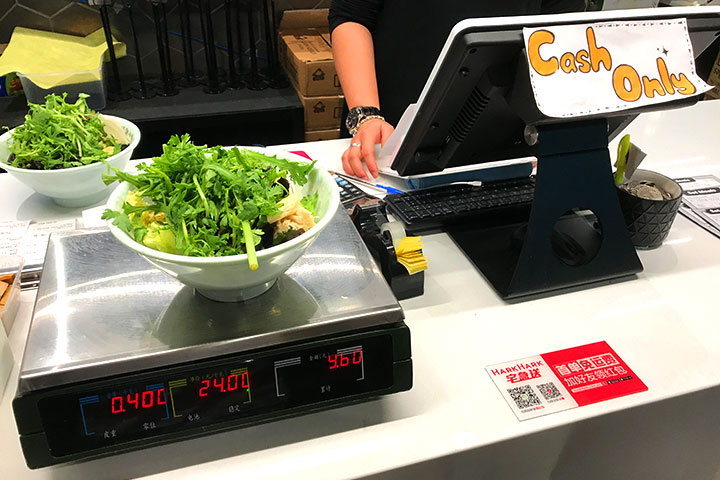
Once you’re done picking your ingredients, hand the bowl over to staff, who will weigh it, tally up the price per kilo and then fill the bowl with Narati’s signature steaming broth.
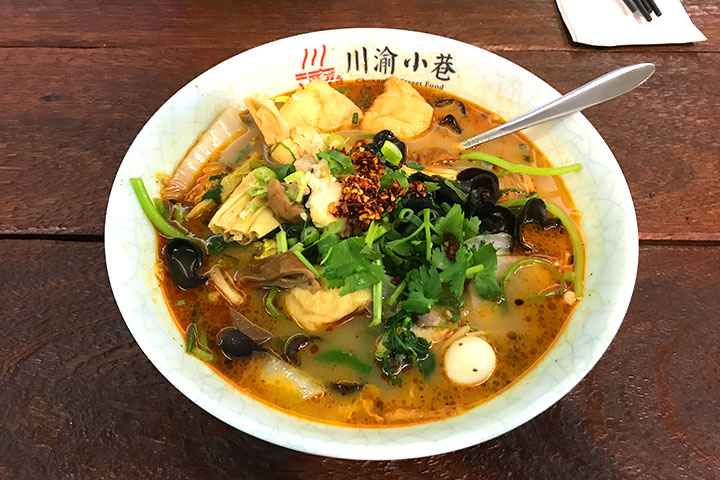
When you receive your transformed bowl of goodness, add in garlic, shallots or chilli to give the soup texture and an extra layer of flavour.
Famous for its Tianshan mountains and its gold and jade stones, the region shares its borders with Mongolia and Kazakhstan, which reveals a lot about the cuisine.
“Xinjiang food is influenced by its neighbours and is very different to other Chinese food that is usually found in Australia,” part-owner and head chef David Siomin said. “It appeals to both Chinese and Western tastes and is based on big aromas and copious amounts of flavours.”
Opening last February, the restaurant is known for its cumin-dusted lamb and chicken skewers, handmade wheat noodles, rich and thick soups and its special carrot and spice rice.
The skewers, made with cumin-dusted chunks of lamb or chicken, are marinated and cooked using an intricate traditional process of grilling and fanning over a bed of hot charcoals.
The Xinjiang region is famous for its chewy and soft wheat noodles, and Narati’s menu is filled with dishes made with these special handmade noodles. Our favourite: chefs wok-toss chewy wheat noodles with cumin, chilli, lamb, capsicum and cabbage, which are all common ingredients of Xinjiang’s cuisine.
Along with serving a menu filled with delicious Xinjiang eats, Narati Noodle and Grill also serves mala tang – a kind of choose-your-own-adventure hot pot that is hugely popular in north-east China.
For mala tang newbies, the ordering technique is simple. Pick up a bowl and some tongs from the counter and pick whatever you want from shelves stacked with fresh and preserved Chinese foods and place in your bowl with some freshly made handmade noodles.
There are more than 40 different items you can choose, ranging from sliced lamb, mussels, fish fillet, shiitake mushrooms, lotus root, Chinese wombok, bamboo shoots, quail eggs, tofu, meatballs and pork intestines.
Once you’re done, hand the bowl over to staff, who will weigh it, tally up the price per kilo and then fill the bowl with Narati’s signature steaming broth. When you receive your transformed bowl of goodness, add in garlic, shallots or chilli to give the soup texture and an extra layer of flavour.
“We travelled to China to learn the traditional art of mala tang,” David said. “Our broth is made using 50 different ingredients and is boiled for six to eight hours. The recipe is our very own and it is a secret…no one knows how to make it except me.”
Despite the complex broth being a secret, David mentioned that it was made using Szechuan peppers and packed a flavoursome chilli punch.
David’s Noodle and Grill owner and head chef is David Siomin. The Australian-born Chinese chef grew up surrounded by food and cooking as his parents ran a famous Chinese noodle shop in Sunnybank.
Chef
After learning traditional techniques and flavours in the kitchen at his parent’s restaurant, David has started is very own restaurant: David's Noodle & Grill. The Sunnybank eatery pays homage to the traditional food of the Xinjiang province, which is where his parents are originally from.

Our broth is made using 50 different ingredients and is boiled for six to eight hours.
The most popular cuisine of China
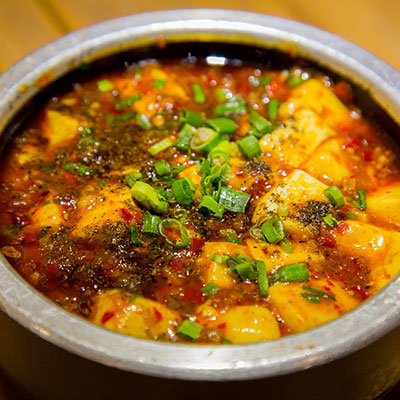
Sichuan
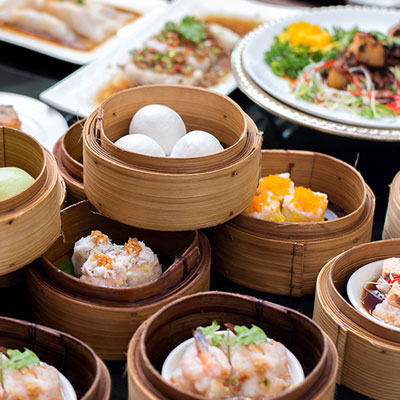
Cantonese
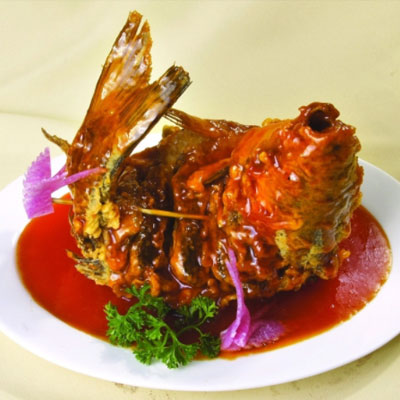
Shandong
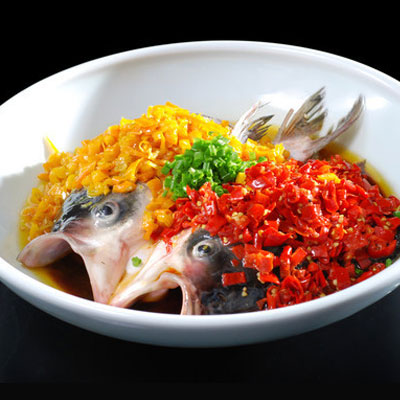
Hunan
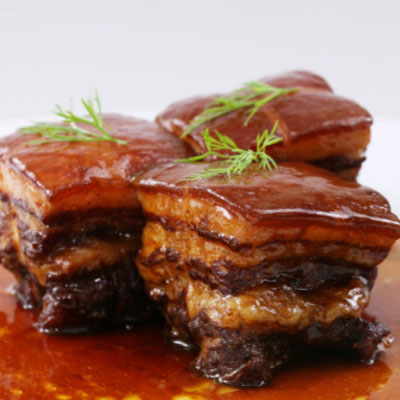
Zhejiang
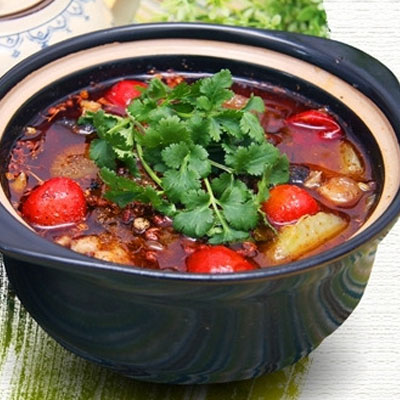
Anhui
The cuisine is China is deeply diverse and is an integral part of Chinese culture. Chinese people are arguably the most food-obsessed in the world – but they don’t just cook and eat anything, they are experts at making everything (literally everything) taste amazing. China is a large nation and its numerous regional cuisines are so varied, it’s hard to believe they are from the same country. There are eight major traditional cuisines in China, which have been formed by a complex combination of history, cooking features, geography, climate, resources and lifestyle. The eight different traditional cuisines are Shandong, Guangdong (Cantonese), Sichuan, Hunan, Jiangsu, Zhejiang, Fujian and Anhui cuisine. While Sichuan and Hunan cuisines are hot and spicy, Cantonese, Fujian, Zhejiang and Jiangsu dishes are generally sweet and have light flavours and focus on seafood. Anhui and Fujian cuisines include a lot of wild foods from their mountainous regions, while Shandong cuisine food is fresh and salty with many seafood dishes. Three traditional aspects of Chinese food is colour, smell and taste, but a dish’s meaning, appearance and nutrition is also important.
Given the current situation, store trading hours will vary. Please check with your favourite store directly to see when they are open.
Cash or Credit